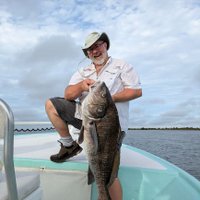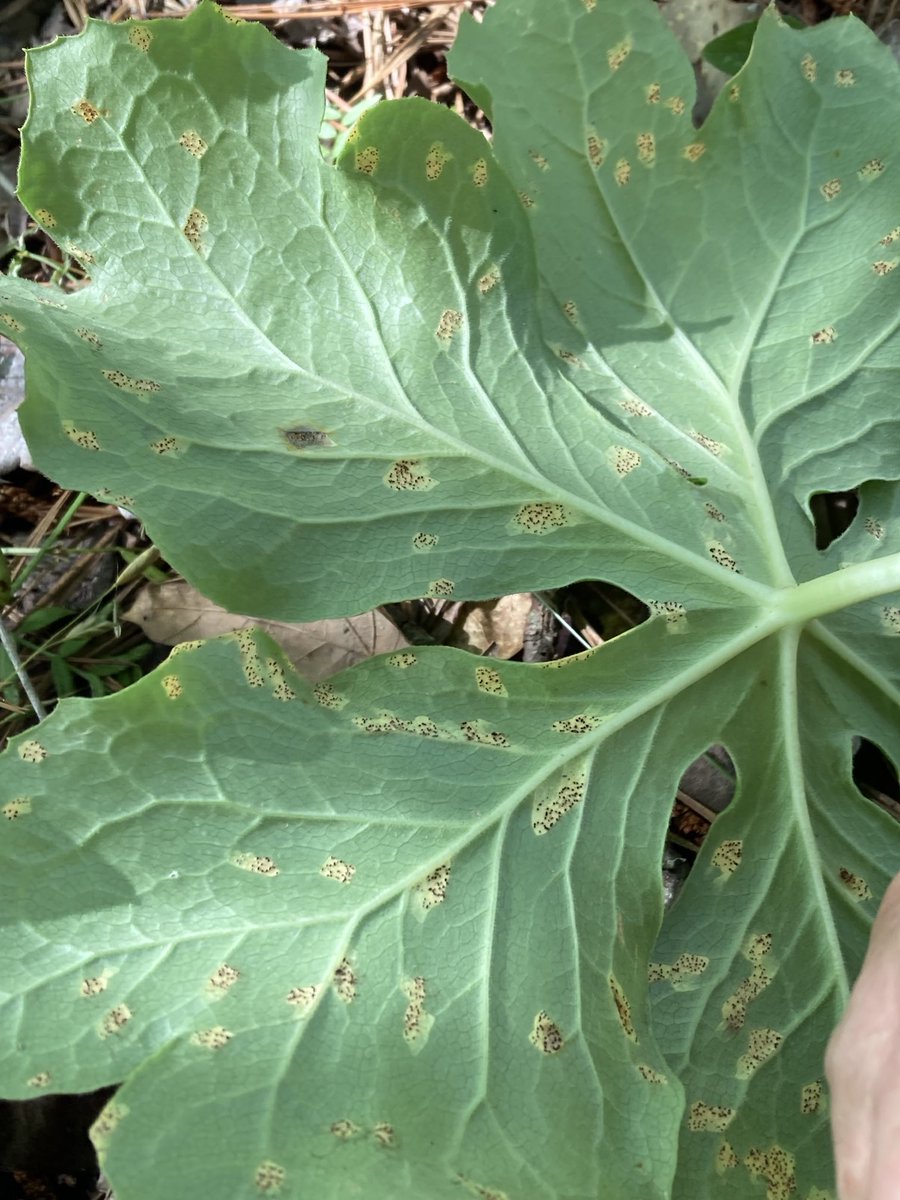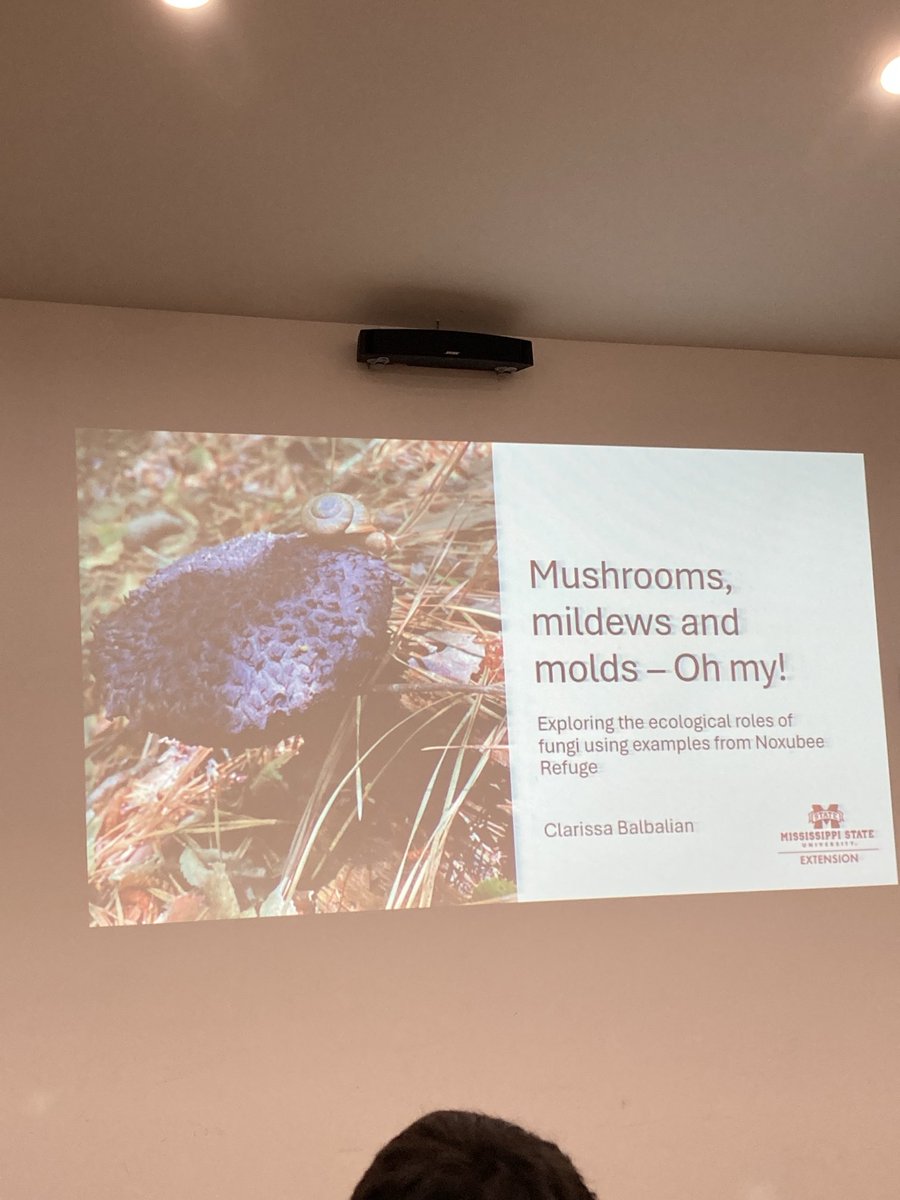
MSU Extension Plant Diagnostic Lab
@msuextplantlab
The Mississippi State University Extension plant disease and nematode clinic provides detailed, accurate, and timely analyses of soil and plant samples.
ID: 987467646575742976
http://extension.msstate.edu/lab 20-04-2018 23:06:48
2,2K Tweet
1,1K Followers
784 Following









🎥Slime molds can really freak people out. Clarissa with our MSU Extension Plant Diagnostic Lab explains what you’re actually seeing! #MSUext




🎥Did you know our MSU Extension Plant Diagnostic Lab can help you diagnose plant diseases and nematodes? Submission forms, instructions for sample collection and shipping, and a list of fees, are available from your county Extension office or online here: extension.msstate.edu/lab #MSUext


#SCN is present in 92% of Mississippi counties – is it in your field? 👀 Thankfully, MSU Extension has resources and recommendations specifically for your state’s pest pressure. bit.ly/4jUwqbo





















